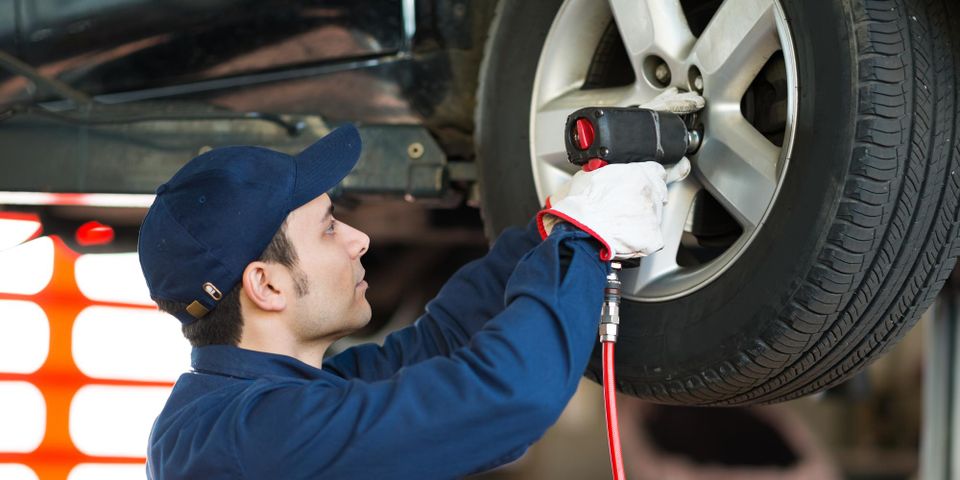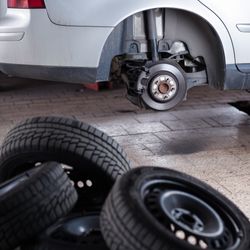
Tires wear out faster than most other auto components, even with routine maintenance like rotations and alignments. While they’ll eventually need to be replaced, doing so isn’t as simple as buying the first ones that you see. In fact, there’s a correct way to go about it, which includes avoiding mixing different tires.
Why Should You Refrain From Combining Various Tires?
If it’s time to replace your tires, consider buying the same brand, model, and size currently mounted on your vehicle. Tires from another manufacturer will have different tread patterns and sizes—two factors that can affect vehicle control and stability. Driving on a mismatched set can reduce their grip and traction, which could result in hydroplaning or fishtailing on wet, slippery roads. Poor handling and compromised stability also lead to reduced gas mileage.
Buying a matched set of tires ensures they will wear out more evenly and slowly, especially with regular rotations. When given a choice, it’s better to drive on identical—and not just similar—tires for safety and maximum performance.
What’s the Standard Practice on Replacements?
If you need to change  your tires, manufacturers recommend replacing them all in one go as a safety precaution. However, doing so can be expensive, particularly when the problem is only on one of the wheels. One solution is to get a new pair with deeper tread depth and then mount them both on the same axle as per the car’s manual. Alternatively, if your old set is no longer available, choose tires classified under the same performance category with equivalent ratings on load, speed, handling, and traction.
your tires, manufacturers recommend replacing them all in one go as a safety precaution. However, doing so can be expensive, particularly when the problem is only on one of the wheels. One solution is to get a new pair with deeper tread depth and then mount them both on the same axle as per the car’s manual. Alternatively, if your old set is no longer available, choose tires classified under the same performance category with equivalent ratings on load, speed, handling, and traction.
When you need advice about replacing your tires, ask the experts at Davis Tire in Chillicothe, OH. Along with branded auto products, they also offer a range of light auto repair works, such as wheel alignment, brake services, oil changes, and suspension systems. Learn more about their services online, or call (740) 774-3363 to schedule an appointment.
About the Business
Have a question? Ask the experts!
Send your question

